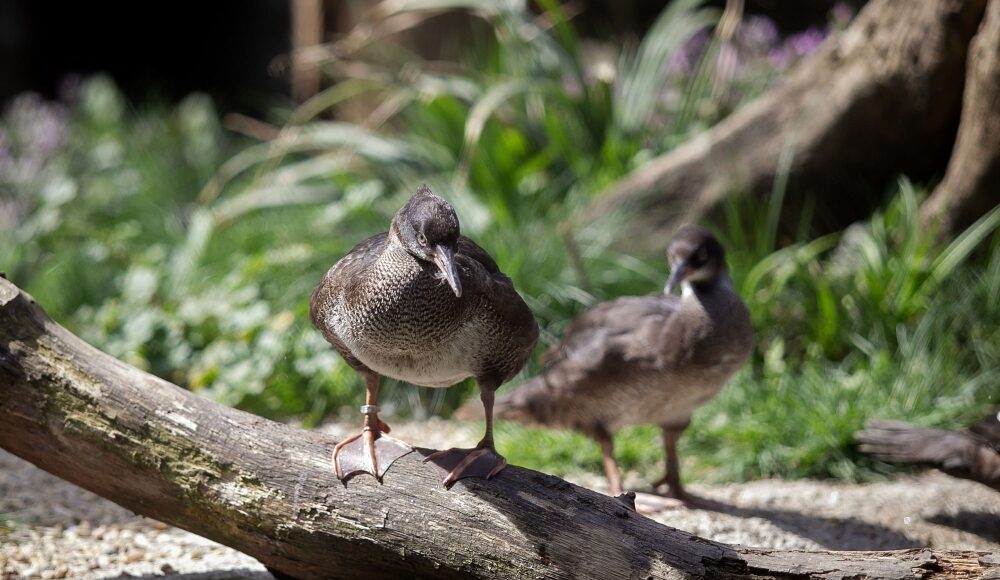MAY 8 — It is delightful to listen to the tweeting and chirping of birds in the morning. People even spend time seeking, watching, and photographing birds in their natural habitats. Though birds are delightful in the wild, it is best to keep them at bay. A bird dropping can shatter our delight.
A bird dropping is a mixture of the bird’s waste products, both digestive and urinary. Birds poop whenever they take flight to save the energy of carrying waste material with them.
Birds and their droppings can cause a variety of health risks, some of which are potentially deadly. The pathogens present in bird droppings, such as bacteria, fungi, and viruses, can cause mild to severe illnesses in humans. The droppings can also cause substantial property damage.
Birds may seem harmless enough, but a deeper dive into the health risks associated with their droppings is rather alarming. Birds have been associated with many diseases. These diseases are most concerning in residential areas, where birds gather in large flocks and can be difficult to deter. The diseases spread by their droppings can become airborne when dried, transferring to humans just by being in the same vicinity as the droppings.
The health risks of bird droppings are not the only concern. Bird droppings can cause extensive damage to properties. Much of this damage is due to the uric acid in bird droppings, which has a pH level of around 3.5 to 4. This acidity can eat through various types of building materials, including cement roofing, creating leaks.
Additionally, nests built by birds are a huge problem. Birds utilize a wide variety of materials to build their nests, including twigs, dried grass, leaves, moss, and feathers. Nests built under roofs can become a fire hazard, clog gutters or drainage pipes, and even block ventilation.
It is also worth mentioning the damage bird droppings can do to cars. As bird droppings are acidic, they can etch the surface of a car’s clear coat. Prolonged exposure to bird droppings can erode the paint and cause permanent damage. This happens when the bird droppings dry up, leaving an imprint that distorts the texture of the underlying finish. The longer bird droppings stay on the car, the more damage they can cause. They must be cleaned as soon as possible.
Generally, bird droppings can be categorized into three main colours: white, green, and brown. White droppings primarily contain uric acid, indicating the high-protein diet of birds. Green droppings suggest herbivorous species consuming plant matter. Brown droppings come from birds that consume seeds.
Bird droppings can be a safety issue. Wet droppings can be slippery, causing slips, trips, and falls for employees or customers. In a worst-case scenario, a fall at your property could result in a lawsuit and a subsequent expensive settlement.
When it comes to cleaning bird droppings, personal protection is crucial. For starters, it is essential to wear protective gear, including gloves and a mask, to prevent exposure to potentially harmful airborne pathogens.
People with lung or other health conditions should avoid dried bird droppings as much as possible. When large quantities of dried bird droppings are disrupted, the dust becomes airborne and causes irritation in the bronchial passages.
Generally, most people treat birds as treasured and protected creatures. But that does not mean we have to tolerate them invading our houses or properties. From spreading diseases to damaging infrastructure, the seemingly innocuous act of birds relieving themselves can pose significant dangers to both human health and the ecosystem at large.
• This is the personal opinion of the writer or publication and does not necessarily represent the views of Malay Mail.





